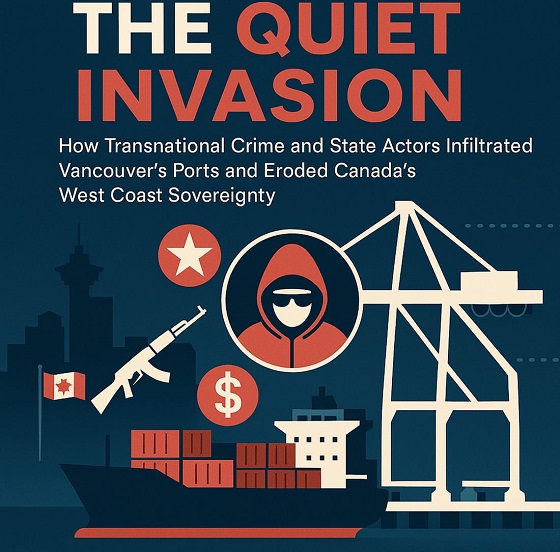Business
Trump declares national emergency at northern border
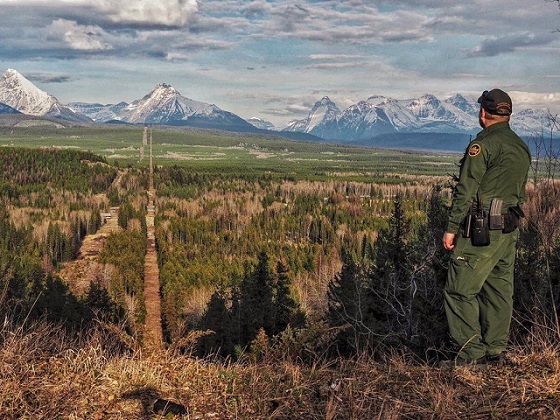
A Border Patrol agent standing watch at the Montana-Canada border in the CBP Spokane Sector. The Spokane Sector covers the U.S.-Canada border along the northwestern section of Montana, part of Idaho, and the eastern part of Washington. Photo from
From The Center Square
By
Cites smuggling, national security threats
President Donald Trump on Saturday declared a national emergency at the U.S.-Canada border, citing an influx of human and drug smuggling coming from Canada presenting a national security threat to Americans.
He did so after a record number of illegal border crossers were reported entering the U.S. from Canada, the greatest number of known or suspected terrorists were apprehended coming from Canada, and northern border terrorist arrests soared under the Biden and Trudeau administrations, The Center Square first reported.
Unlike the 1,954-mile U.S.-Mexico border, there are no border walls and significantly less technological equipment and agents to patrol the U.S.-Canada border, the longest international border in the world, The Center Square reported.
With far fewer agents in the field, less technological surveillance and increased national security threats posed by Canadian policies, U.S. officials have warned about a lack of operational control at the U.S.-Canada border, The Center Square first reported.
Trump’s Feb. 1, 2025, executive order “Imposing Duties to Address the Flow of Illicit Drugs across our Northern Border” states that the “sustained influx of illicit opioids and other drugs has profound consequences on our nation, endangering lives and putting a severe strain on our healthcare system, public services, and communities.”
He declared a national emergency citing the International Emergency Economic Powers Act, National Emergencies Act, section 604 of the Trade Act of 1974, and section 301 of title 3, United States Code.
The order expands the national emergency he declared on his first day in office declaring an invasion at the southern border. The national emergency now includes the northern border “to cover the threat to the safety and security of Americans, including the public health crisis of deaths due to the use of fentanyl and other illicit drugs, and the failure of Canada to do more to arrest, seize, detain, or otherwise intercept [drug trafficking organizations], other drug and human traffickers, criminals at large, and drugs.”
“Gang members, smugglers, human traffickers, and illicit drugs of all kinds have poured across our borders and into our communities. Canada has played a central role in these challenges, including by failing to devote sufficient attention and resources or meaningfully coordinate with United States law enforcement partners to effectively stem the tide of illicit drugs,” the order states.
DTOs “are the world’s leading producers of fentanyl, methamphetamine, cocaine, and other illicit drugs” that “often collaborate with transnational cartels to smuggle illicit drugs into the United States, utilizing clandestine airstrips, maritime routes, and overland corridors.”
While much focus has been on the southern border, “There is also a growing presence of Mexican cartels operating fentanyl and nitazene synthesis labs in Canada,” the order states. Illicit drugs are being shipped into the U.S. from Canada “due to the existing administrative exemption from duty and taxes, also known as de minimis,” under U.S. Code, which has created a public health crisis in the U.S. prompting Trump to designate the cartels as foreign terrorist organizations.
The order points to a Canadian Financial Transactions and Reports Analysis Centre report on the laundering of proceeds of illicit synthetic opioids as domestic production of fentanyl increased primarily in British Columbia. This contributed to Canada’s growing footprint in international narcotics distribution.
Last year, the Canadian Parliament held hearings expressing alarm about increased terrorism threats due to Prime Minister Justin Trudeau visa policies and U.S. lawmakers called for additional security at the northern border for similar reasons.
“Immediate action is required to address threats from Canada,” the order states, “which will not happen unless the compliance and cooperation of Canada is assured.”
Trump also imposed a 25% tariff on Canadian goods and a 10% tariff on energy resources effective Feb. 4.
If the Canadian government retaliates, the order states that Trump may increase or expand the scope of the tariffs. If the Canadian government fails “to take adequate steps to alleviate the illegal migration and illicit drug crises through cooperative enforcement actions,” additional action will be taken.
The order directs several cabinet leaders to coordinate and communicate with him and Congress “on the situation at our northern border.” Once the Canadian government “has taken adequate steps to alleviate this public health crisis through cooperative enforcement actions,” the tariffs may be removed.
Banks
Welcome Back, Wells Fargo!
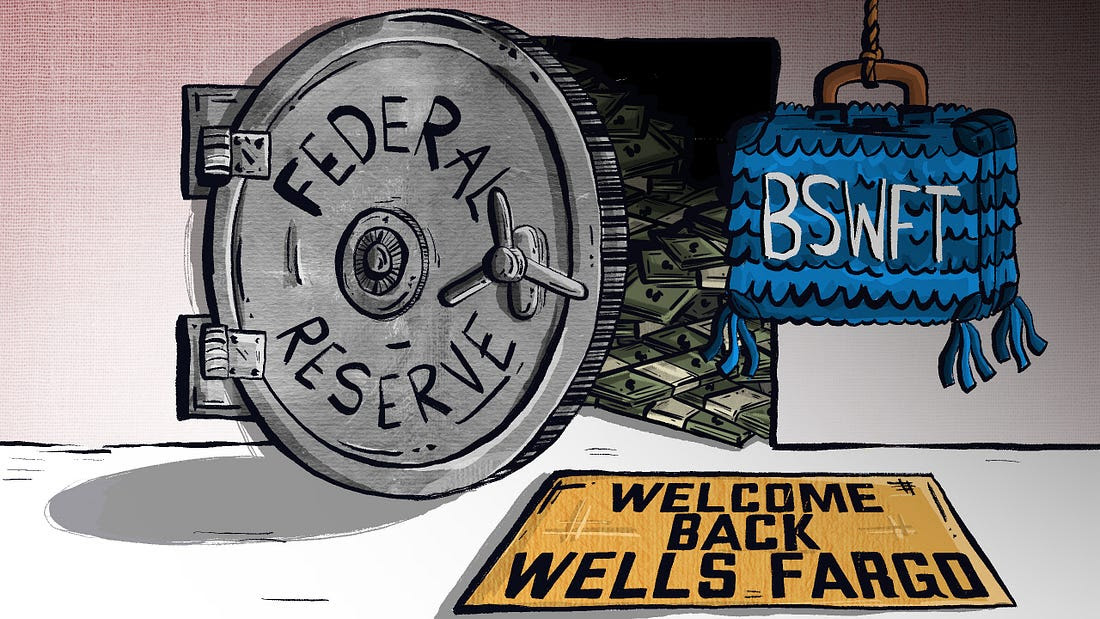
 Racket News
Racket News
By Eric Salzman
The heavyweight champion of financial crime gets seemingly its millionth chance to show it’s reformed
The past two decades have been tough ones for Wells Fargo and the many victims of its sprawling crime wave. While the banking industry is full of scammers, Wells took turning time honored street-hustles into multi-billion dollar white-collar hustles to a new level.
The Federal Reserve announced last month that Wells Fargo is no longer subject to the asset growth restriction the Fed finally enforced in 2018 after multiple scandals. This was a major enforcement action that prohibited Wells from growing existing loan portfolios, purchasing other bank branches or entering into any new activities that would result in their asset base growing.
Upon hearing the news that Wells was being released from the Fed’s penalty box, my mind turned to this pivotal moment in the classic movie “Slapshot.”
Here are some of Wells Fargo’s lowlights both before and after the Fed’s enforcement action:
- December 2022: Wells Fargo paid more than $2 billion to consumers and $1.7 billion in civil penalties after the Consumer Financial Protection Bureau (CFPB) found mismanagement — including illegal fees and interest charges — in several of its biggest product lines, such as auto loans, mortgages, and deposit accounts.
- September 2021: Wells Fargo paid $72.6 million to the Justice Department for overcharging foreign exchange customers from 2010-2017.
- February 2020: Wells Fargo paid $3 billion to settle criminal and civil investigations by the Justice Department and SEC into its aggressive sales practices between 2002 and 2016. About $500 million was eventually distributed to investors.
- January 2020: The Office of the Comptroller of the Currency (OCC) banned two senior executives, former CEO John Stumpf and ex-Head of Community Bank Carrie Tolstedt, from the banking industry. Stumpf and Tolstedt also incurred civil penalties of $17.5 million and $17 million.
- August 2018: The Justice Department levied a $2.09 billion fine on Wells Fargo for its actions during the subprime mortgage crisis, particularly its mortgage lending practices between 2005 and 2007.
- April 2018: Federal regulators at the CFPB and OCC examined Wells’ auto loan insurance and mortgage lending practices and ordered the bank to pay $1 billion in damages.
- February 2018: The aforementioned Fed enforcement action. In addition to the asset growth restriction, Wells was ordered to replace three directors.
- October 2017: Wells Fargo admitted wrongdoing after 110,000 clients were fined for missing a mortgage payment deadline — delays for which the bank was ultimately deemed at fault.
- July 2017: As many as 570,000 Wells Fargo customers were wrongly charged for auto insurance on car loans after the bank failed to verify whether those customers already had existing insurance. As a result, up to 20,000 customers may have defaulted on car loans.
- September 2016: Wells Fargo acknowledged its employees had created 1.5 million deposit accounts and 565,000 credit card accounts between 2002 and 2016 that “may not have been authorized by consumers,” according to CFPB. As a result, the lender was forced to pay $185 million in damages to the CFPB, OCC, and City and County of Los Angeles.
Additionally, somehow in 2023 Wells even managed to drop $1 billion in a civil settlement with shareholders for overstating their progress in complying with their 2018 agreement with the Fed to clean themselves up!
I imagine if Wells were in any other business, it wouldn’t be allowed to continue. But Wells is part of the “Too Big to Fail” club. Taking away its federal banking charter would be too disruptive for the financial markets, so instead they got what ended up being a seven-year growth ban. Not exactly rough justice.
While not the biggest settlement, my favorite Wells scam was the 2021 settlement of the seven-year pilfering operation, ripping off corporate customers’ foreign exchange transactions.
Like many banks, Wells Fargo offers its corporate clients with global operations foreign exchange (FX) services. For example, if a company is based in the U.S. but has extensive dealings in Canada, it may receive payments in Canadian dollars (CAD) that need to be exchanged for U.S. dollars (USD) and vice versa. Wells, like many banks, has foreign exchange specialists who do these conversions. Ideally, the banks optimize their clients’ revenue and decrease risk, in return for a markup fee, or “spread.”
There’s a lot of trust involved with this activity as the corporate customers generally have little idea where FX is trading minute by minute, nor do they know what time of day the actual orders for FX transactions — commonly called “BSwifts” — come in. For an unscrupulous bank, it’s a license to steal, which is exactly what Wells did.
According to the complaint, Wells regularly marked up transactions at higher spreads than what was agreed upon. This was just one of the variety of naughty schemes Wells used to clobber their customers. My two favorites were “The Big Figure Trick” and the “BSwift Pinata.”
The Big Figure Trick
Let’s say a client needs to sell USD for CAD, and that the $1 USD is worth $1.32 CAD. In banking parlance, the 32 cents is called the “Big Figure.” Wells would buy the CAD at $1.32 for $1 USD and then transpose the actual exchange rate on the customer statement from $1.32 to $1.23. If the customer didn’t notice, Wells would pocket the difference. On a transaction where the client is buying 5 million CAD with USD, the ill-gotten gain for Wells would be about $277,000 USD!
Conversely, if the customer did notice the difference, Wells would just blame it on the grunts in its operational back office, saying they accidentally transposed the number and “correct” the transaction. From the complaint, here is some give and take between two Wells FX specialists:
“You can play the transposition error game if you get called out.” Another FX sales specialist noted to a colleague about a previous transaction that a customer “didn’t flinch at the big fig the other day. Want to take a bit more?”
The BSwift Piñata
The way this hustle would work is, let’s say the Wells corporate customer was receiving payment from one of their Canadian clients. The Canadian client’s bank would send a BSwift message to Wells. The Wells client was in the dark about the U.S. dollar-Canadian dollar exchange rate because it had no idea what time of day the message arrived. Wells took advantage of that by purchasing U.S. dollars for Canadian dollars first. For simplicity, think of the U.S. dollar-Canadian dollar exchange rate as a widget that Wells bought for $1. If the widget increased in value, say to $1.10 during the day, Wells would sell the widget they purchased for $1 to the client for $1.10 and pocket 10 cents. If the price of the widget Wells bought for $1 fell to 95 cents, Wells would just give up their $1 purchase to the client, plus whatever markup they agreed to.
Heads, Wells wins. Tails, client loses.
The complaint notes that a Wells FX specialist wrote that he:
“Bumped spreads up a pinch,” that “these clients who are in the mode of just processing wires will most likely not notice this slight change in pricing” and that it “could have a very quick positive impact on revenue without a lot of risk.”
Talk about a boiler room operation. Personally, I think calling what you are doing to a client a “piñata” should have easily put Wells in the Fed’s penalty box another 5 years at least!
Wells has been released from the Fed’s 2018 enforcement order. I would like to think they have learned their lesson and are reformed, but I would lay good odds against it. A leopard can’t change its spots.
Racket News is a reader-supported publication.
Consider becoming a free or paid subscriber.
Alberta
Pierre Poilievre – Per Capita, Hardisty, Alberta Is the Most Important Little Town In Canada
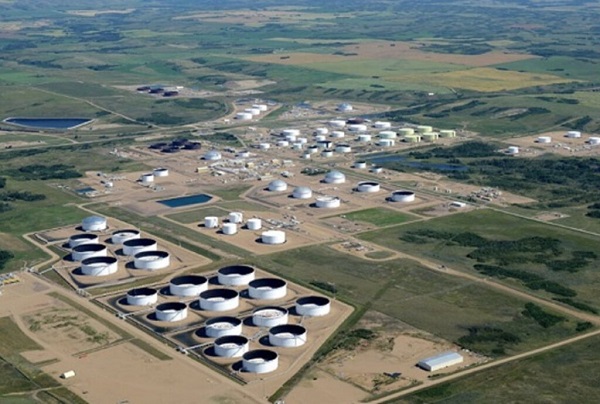
From Pierre Poilievre
-

 Business2 days ago
Business2 days agoRFK Jr. says Hep B vaccine is linked to 1,135% higher autism rate
-
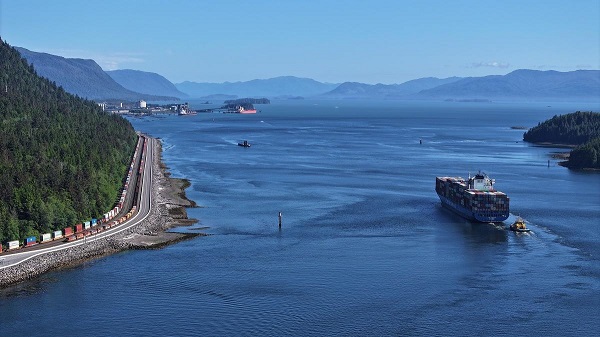
 Business20 hours ago
Business20 hours agoWhy it’s time to repeal the oil tanker ban on B.C.’s north coast
-

 Censorship Industrial Complex2 days ago
Censorship Industrial Complex2 days agoGlobal media alliance colluded with foreign nations to crush free speech in America: House report
-

 Alberta15 hours ago
Alberta15 hours agoAlberta Provincial Police – New chief of Independent Agency Police Service
-

 Opinion12 hours ago
Opinion12 hours agoBlind to the Left: Canada’s Counter-Extremism Failure Leaves Neo-Marxist and Islamist Threats Unchecked
-
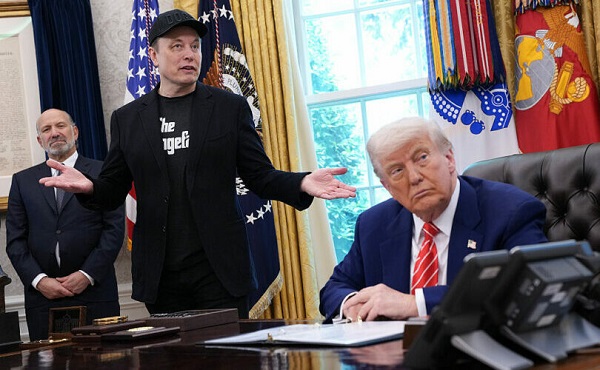
 Business2 days ago
Business2 days agoElon Musk slams Trump’s ‘Big Beautiful Bill,’ calls for new political party
-

 Alberta20 hours ago
Alberta20 hours agoPierre Poilievre – Per Capita, Hardisty, Alberta Is the Most Important Little Town In Canada
-
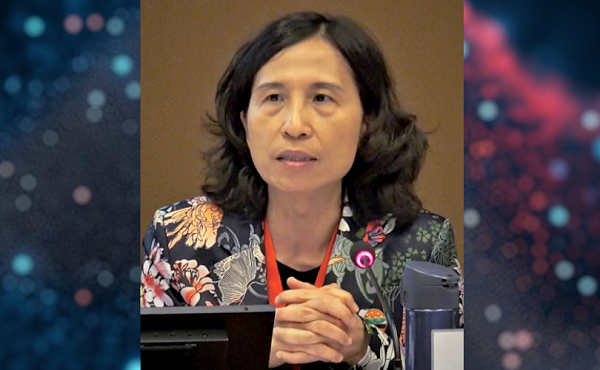
 COVID-1913 hours ago
COVID-1913 hours agoTop COVID doctor given one of Canada’s highest honors

